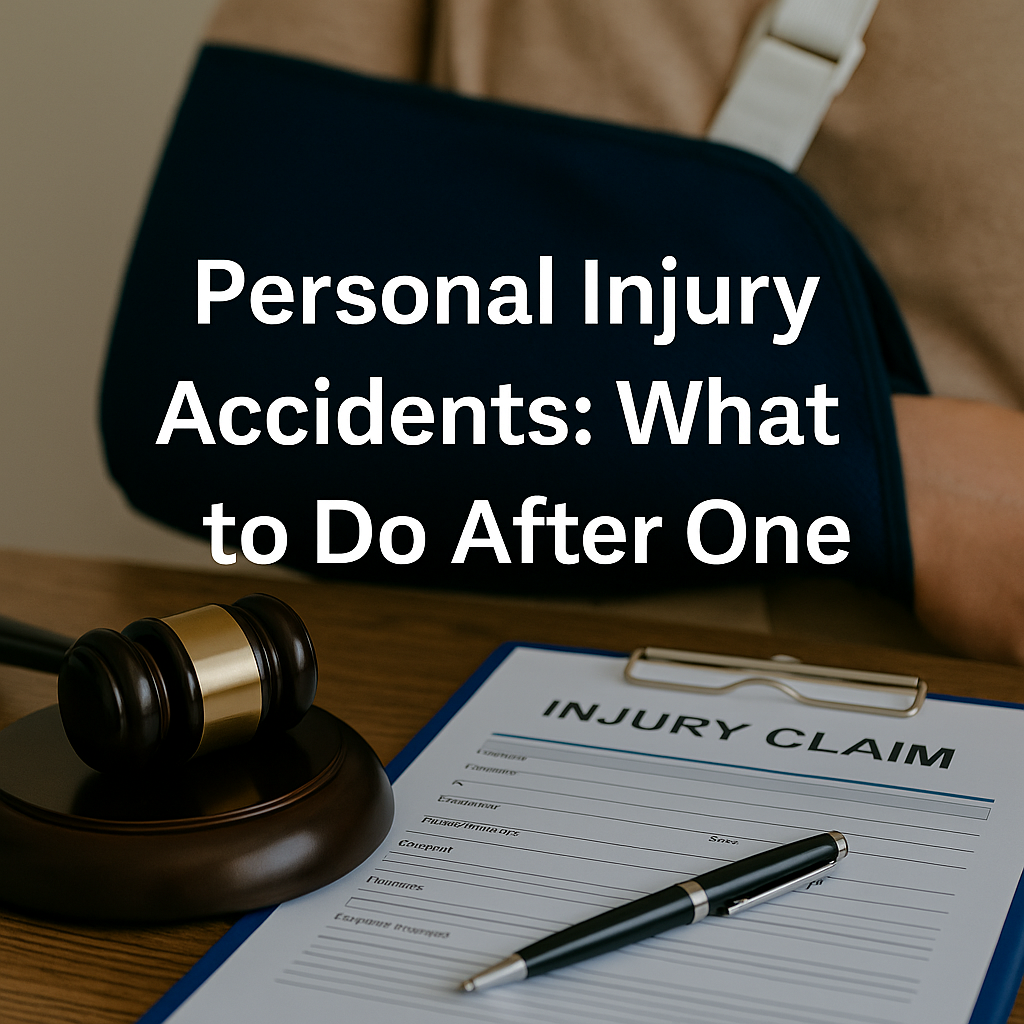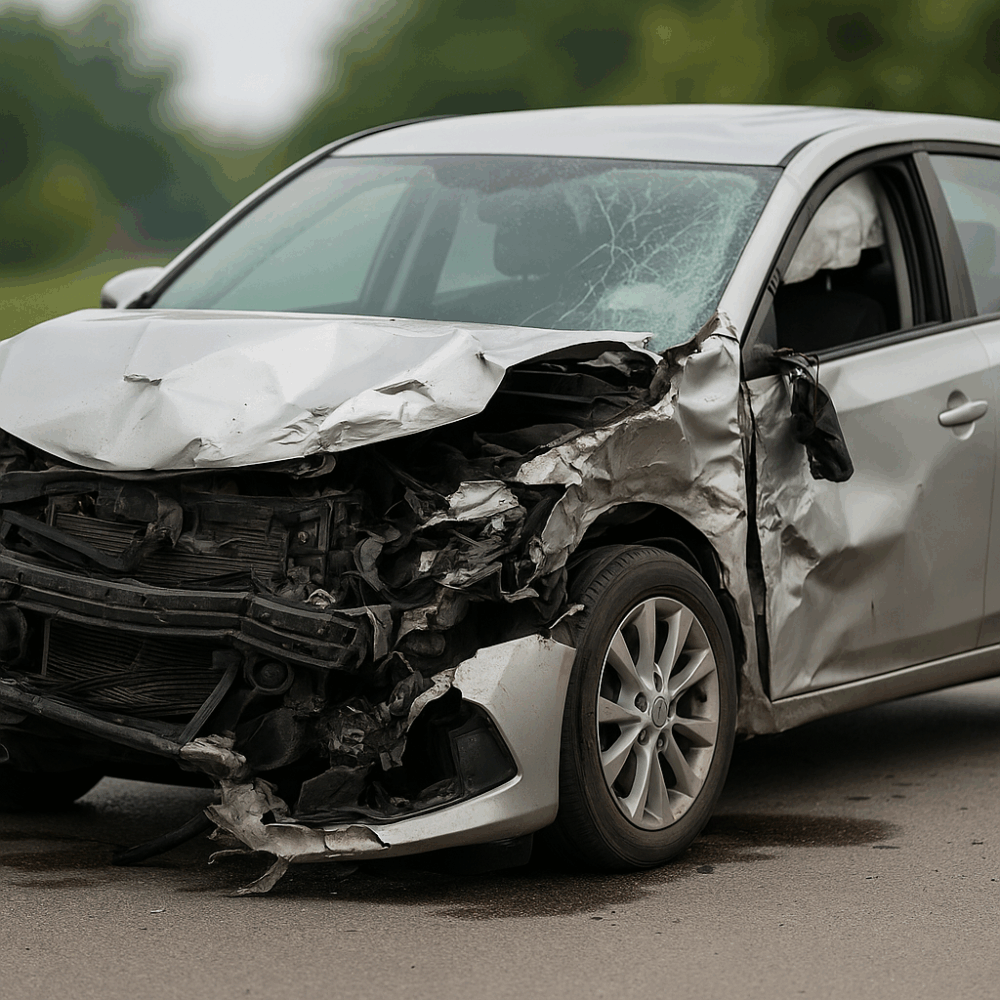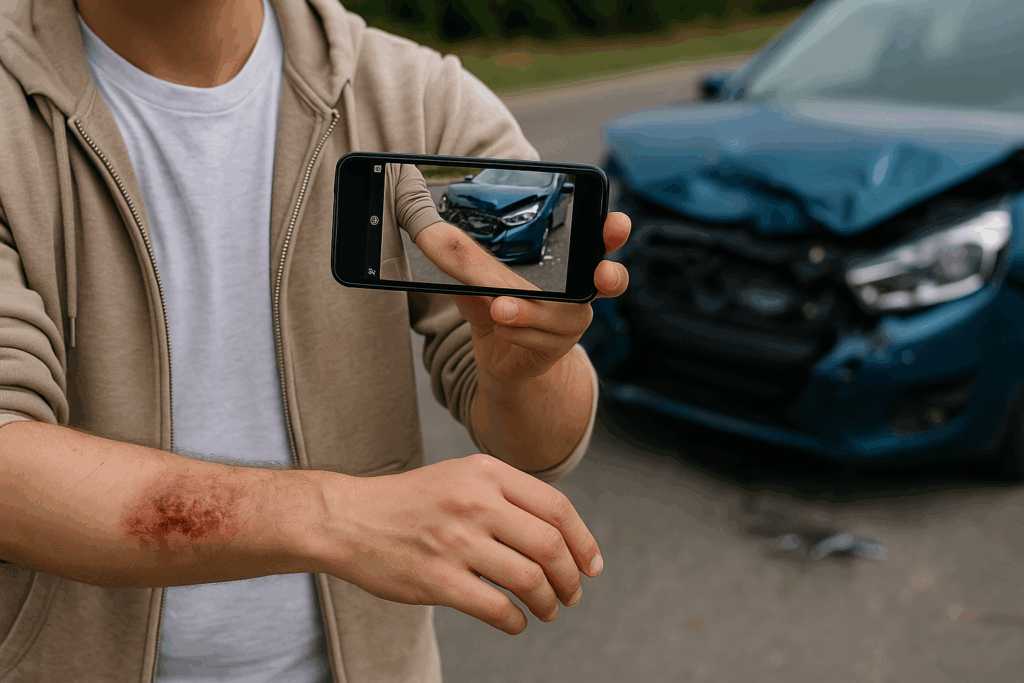Personal Injury Accidents: What Should You Do After One?
If you’ve been injured in an accident caused by someone else’s negligence, you might wonder what steps to take next — and when to contact a personal injury attorney. The moments and days following an injury can affect both your recovery and your legal rights.
The short answer: seek medical attention immediately, document everything, and consult a qualified personal injury lawyer as soon as possible. Doing so helps protect your health, strengthens your claim, and ensures you understand your options.
This guide explains exactly what to do after a personal injury accident, what mistakes to avoid, and how a law firm like Tim Fleming Law Firm can help you navigate the process with confidence and care.
What Is Considered a Personal Injury Case?
Definition Box:
Personal Injury Law — A legal area that allows individuals to recover compensation when they’ve been harmed by another’s negligence, recklessness, or intentional actions.
Common examples include:
- Car and truck accidents
- Slip-and-fall incidents
- Workplace injuries
- Defective products
- Medical negligence
- Dog bites or premises injuries
Step 1: Prioritize Medical Care Immediately
The first and most important step after any personal injury is getting medical attention. Even if your injuries seem minor, underlying conditions like internal bleeding or soft-tissue trauma may not appear right away.
Why this matters:
- Medical records create essential documentation for your claim.
- Early treatment supports faster recovery.
- Insurance companies often use delays in care to dispute claims.
If you are unable to drive yourself, request an ambulance or visit the nearest emergency department. Once you’re stable, follow up with your primary care physician or specialist for continued care.
Step 2: Document the Scene and Your Injuries
Evidence fades quickly. Take photos of the accident scene, your injuries, property damage, and any contributing factors (like wet floors, damaged vehicles, or poor lighting).
Key documentation steps:
- Photograph the scene from multiple angles.
- Get names and contact information of witnesses.
- File an official police or incident report.
- Keep medical bills, prescriptions, and appointment notes.
- Record your pain levels and limitations daily.
This evidence helps your personal injury lawyer build a strong case — especially when proving liability or calculating damages.
Step 3: Avoid Speaking with Insurance Adjusters Alone
Insurance companies often reach out soon after an accident, offering settlements that may seem helpful but don’t reflect the full value of your claim.
The key factor is Insurance adjusters work for their company, not for you. Their goal is to minimize payouts.
Before providing any recorded statements, signing forms, or accepting offers, speak with a personal injury attorney. A lawyer can review the offer, communicate on your behalf, and ensure you’re treated fairly.
Step 4: Understand the Types of Compensation Available
A successful personal injury claim can cover more than just immediate medical costs. Depending on your case, you may be eligible for:
- Medical expenses: Hospital bills, medication, and ongoing care
- Lost wages: Income lost while recovering
- Property damage: Repairs or replacements (such as your vehicle)
- Pain and suffering: Physical pain and emotional distress
- Future costs: Ongoing rehabilitation or long-term disability care
Step 5: Contact a Personal Injury Attorney Early
Consulting an attorney early in the process ensures that deadlines are met and your rights are protected. In Alabama, for example, the statute of limitations for most personal injury claims is two years from the date of the incident — but waiting too long can make gathering evidence harder.
At Tim Fleming Law Firm, our team helps clients:
- Review the details of their accident
- Identify all responsible parties
- Collect and organize supporting evidence
- Communicate with insurance companies
- File all necessary legal documents
Step 6: Be Cautious on Social Media
One common mistake personal injury victim make is posting about their accident or recovery on social media. Insurance companies and defense attorneys may monitor public posts for inconsistencies.
Best practices:
- Avoid sharing details about your injury or case online.
- Don’t post photos of yourself doing physical activities.
- Keep updates between you and your attorney private.
Protecting your privacy helps ensure your case is based on verified medical and legal facts — not on social impressions.
Step 7: Focus on Recovery While Your Attorney Handles the Rest
Once you’ve hired a trusted personal injury lawyer, your focus should shift toward healing. Your attorney will handle communication, negotiations, and legal filings — keeping you informed every step of the way.
A personal injury lawyer can:
- Gather and preserve evidence
- Calculate the full value of your claim
- Negotiate for fair compensation
- Represent you in court, if necessary
At Tim Fleming Law Firm, we know that behind every case is a person rebuilding their life — and we’re here to help guide that process with clarity and compassion.
Related Questions People Also Ask
Q: How long does a personal injury case take to settle?
A: It varies. Simple claims may resolve in a few months, while more complex cases involving serious injuries can take a year or longer.
Q: Do I have to go to court for a personal injury case?
A: Many personal injury claims are settled out of court, but if a fair agreement can’t be reached, your lawyer may recommend proceeding to trial.
Q: What if I can’t afford a personal injury lawyer?
A: Most personal injury attorneys, including Tim Fleming Law Firm, work on a contingency fee basis — meaning you pay nothing unless compensation is recovered for you.
Case Example: How Legal Guidance Can Make a Difference
Consider a driver in Alabama who was injured in a rear-end collision and suffered neck and back injuries. Without legal help, they might accept an initial settlement that only covers immediate medical expenses. With an attorney’s guidance, they could pursue additional compensation for lost wages, pain, and ongoing treatment — resulting in a more complete and fair recovery.
This example highlights the importance of having reliable legal support when seeking fair outcomes and long-term security after an injury.
Conclusion: Protect Your Rights After a Personal Injury
Accidents can happen in an instant — but the decisions you make afterward can shape your recovery and your future.
Key Takeaways:
- Seek medical care immediately, even for minor injuries.
- Document the scene, injuries, and all related costs.
- Avoid direct communication with insurance adjusters.
- Consult a personal injury lawyer as soon as possible.
- Focus on healing while your attorney handles the legal details.
Call to Action:
If you’ve been injured and need guidance, contact Tim Fleming Law Firm today. Our team will listen to your story, review your case, and help you understand your next steps — with compassion, integrity, and a commitment to your well-being.







